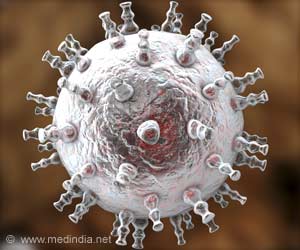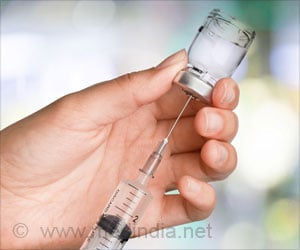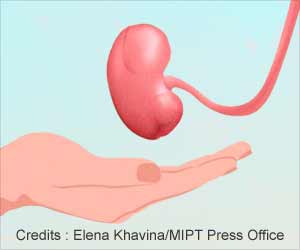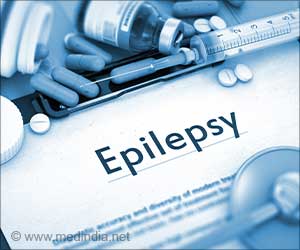University of Alberta researchers have identified sleep patterns in a type of anaesthesia that are the closest ever to a natural, non-groggy snooze.
University of Alberta researchers have identified sleep patterns in a type of anaesthesia that are the closest ever to a natural, non-groggy snooze.
According to researchers, the anaesthetic, known as ethyl carbamate or urethane, provides a tool to more thoroughly investigate ways of treating sleep disorders and improving existing sleep medications."Most general anaesthetics used for surgery and available medications used to treat sleeplessness promote what is called slow-wave sleep at the expense of the other main stage of sleep known as rapid eye movement or REM sleep so people tend to wake up groggy," said Clayton Dickson, an associate professor of psychology, physiology and neuroscience at the University of Alberta in Canada.
He added: "Our findings suggest that this type of anaesthesia can induce the full spectrum of the stages you would see during natural sleep," which will allow researchers to fine-tune sleep medications and anaesthetics, benefiting patients.
During the study, researchers compared the brainwaves of rats under the anaesthetic to those occurring with natural sleep.
They discovered cyclic changes of brain states that were almost identical to those seen during the natural sleep cycle.
They also found changes in muscle tone; respiration rates and heartbeat were also similar.
Advertisement
He said that the long-term implications for this discovery will benefit researchers by allowing them to study sleep pattern anomalies, including the puzzling paradox of why brain activity is similar in wakefulness as it is during REM sleep, despite a complete lack of awareness and responsiveness.
Advertisement
SRM/L











